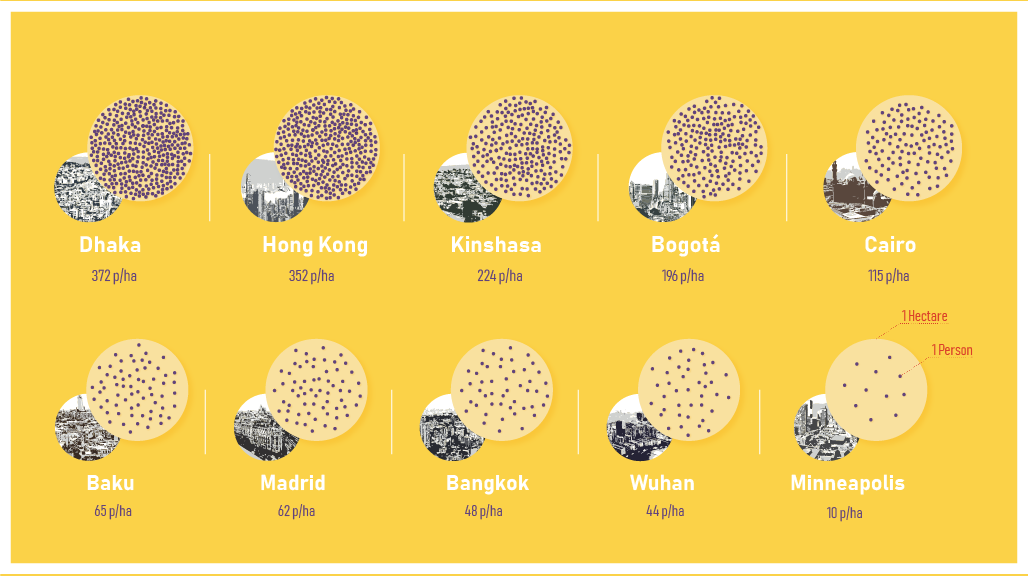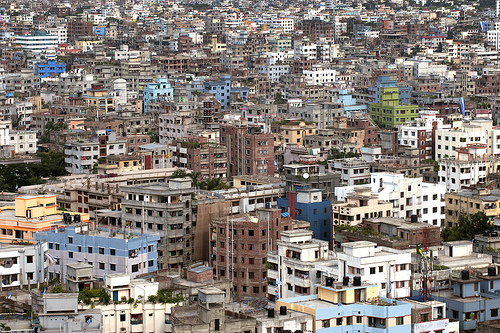Related

Event
/ Apr 15,2021
The Anatomy of Density: Densify and Expand

Event
/ Mar 18,2021

Richard Florida, Director of the Martin Prosperity Institute and Editor at Large for The Atlantic Cities blog, recently caught up with Urbanization Project scholar Solly Angel to talk about Solly’s new book, Planet of Cities. Here’s an excerpt from the interview, which is well worth reading in full.
Please fill out the information below to receive our e-newsletter(s).
*Indicates required.